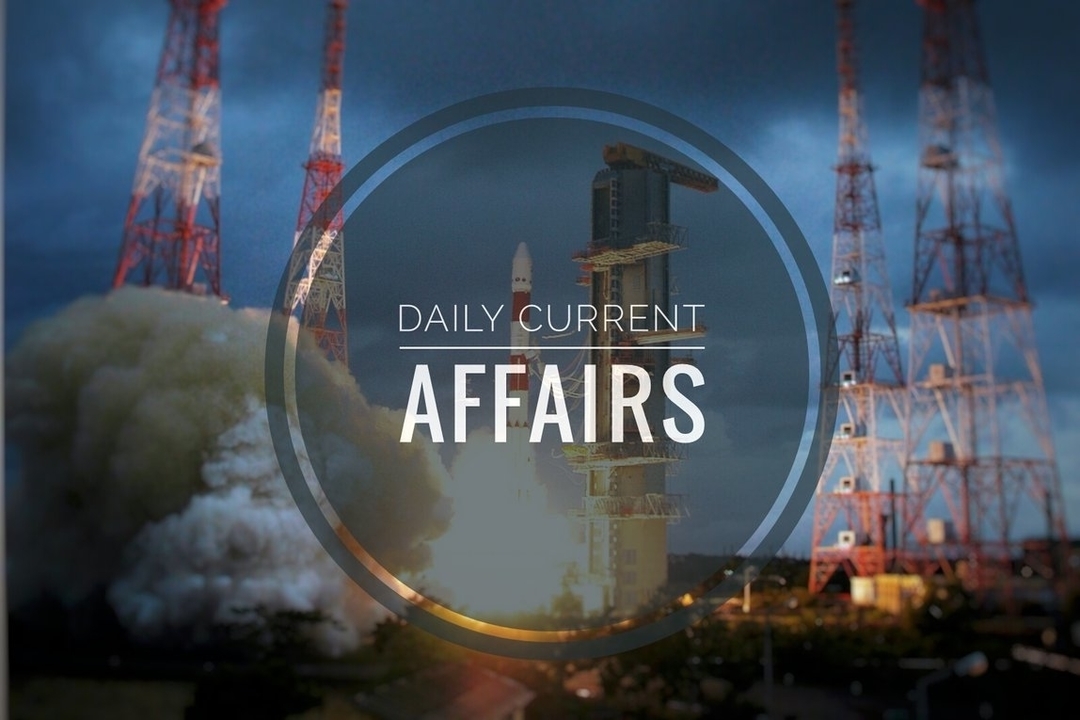
Hello readers,
Maharashtra adopts the Fly Ash Policy
- Maharashtra became the first Indian state to adopt a Fly Ash Utilisation Policy on November 15, 2016. The policy will pave way for prosperity by creating wealth from waste, and environment protection.
About the Fly Ash Utilisation Policy
- The policy will create new employment opportunities in the power plant areas.
- As per the policy, 100 per cent of fly ash generated from thermal power plants and biogas plants will be used for construction activities.
- This fly ash will be used to make bricks, blocks, tiles, wall panels, cement and other construction materials.
- The policy also allows usage of fly ash within 300 kilometres of the power plant. Earlier, it was allowed to be used within 100 kilometres radius.
- It will also make available raw material for construction at low cost to help Housing for All projects.
What is Fly Ash?
- Fly ash is one of the coal combustion products.
- It is composed of the fine particles that are driven out of the boiler with the flue gases.
- In modern coal-fired power plants, fly ash is generally captured by electrostatic precipitators or other particle filtration equipment before the flue gases reach the chimneys.
- Fly ash includes substantial amounts of silicon dioxide, aluminium oxide and calcium oxide.
Reuse of Fly Ash
- Fly ash can be reused as a substitute material for Portland cement and sand in concrete production. It can also be used for road construction. Its agricultural uses include soil amendment, fertilizer, cattle feeders and soil stabilization in stock feed yards etc. It can also be used as a substitute material for clay for cement clinkers production.
Impact of Fly Ash on environment
- Heavy metals can leach from stored fly ash into groundwater, which can put the health of the surrounding population in danger. Apart from causing air pollution, it can also contaminate water and soil systems.
Task force led by SS Mundra formed to recalibrate ATMs
- Following the existing problem in which the Automated Teller Machines (ATMs) are failing to cope with the huge cash demand of people, Reserve Bank of India on November 14, 2016, constituted an eight-member task force to re-calibrate all ATMs.
- This re-calibration would help the cash handling machines to dispense the Mahatma Gandhi (New) Series Banknotes including a new High Denomination of 2000 rupees in new designs.
- The eight-member task force, led by RBI deputy governor SS Mundra, will comprise officials from banks, NPCI, Department of Currency Management, Department of Payment and Settlement System and home and finance ministries.
Terms of Reference of the Task Force is
- Speedy reactivation of all ATMs in a planned manner
- Any other matter connected to the above
- Member participants for the task-force will be drawn from State Bank of India, Axis Bank, ICICI Bank and HDFC Bank. Besides, representative of ATM office equipment manufacturers (OEMs), white label ATM (WLA) operators, Managed Service Providers and cash in transit (CIT) companies will be invited to the Task Force’s deliberations. The task force is also free to invite others as may be needed.
Bodies involved in re-calibration
- Re-calibration of ATMs involves multiple agencies like banks, ATM manufacturers, Switch Operators, National Payment Corporation of India (NPCI), and more. These multiple activities make re-calibration a complex operation and require coordination among all these agencies
India and Israel inks two bilateral agreements
- India and Israel inked two agreements in the field of water resources management and agriculture. The agreements were inked on November 15, 2016, after the delegation level talks between Prime Minister Narendra Modi and visiting Israeli President Reuven Rivlin, in New Delhi.
- Israeli President Reuven Rivlin is on an eight-day visit to India (from 14 November to 21 November 2016). This was his first ever visit to India and first by any Israeli President in past two decades. The last and first President of Israel to visit India was Ezer Weizman in 1997.
Points discussed
- Enhancing agricultural productivity and efficiency.
- Boosting research and innovation linkages.
- Employment of applications of science and technology for the benefit of the two societies.
- Forge strong trade links and investment ties.
- Build defence ties to secure people of the two nations.
- Enhancing people to people ties through greater cultural and tourism linkages.
- Promotion in educational exchanges, which will allow students of the two nations to study in each other’s country, to bridge the bilateral partnership.
No comments:
Post a Comment